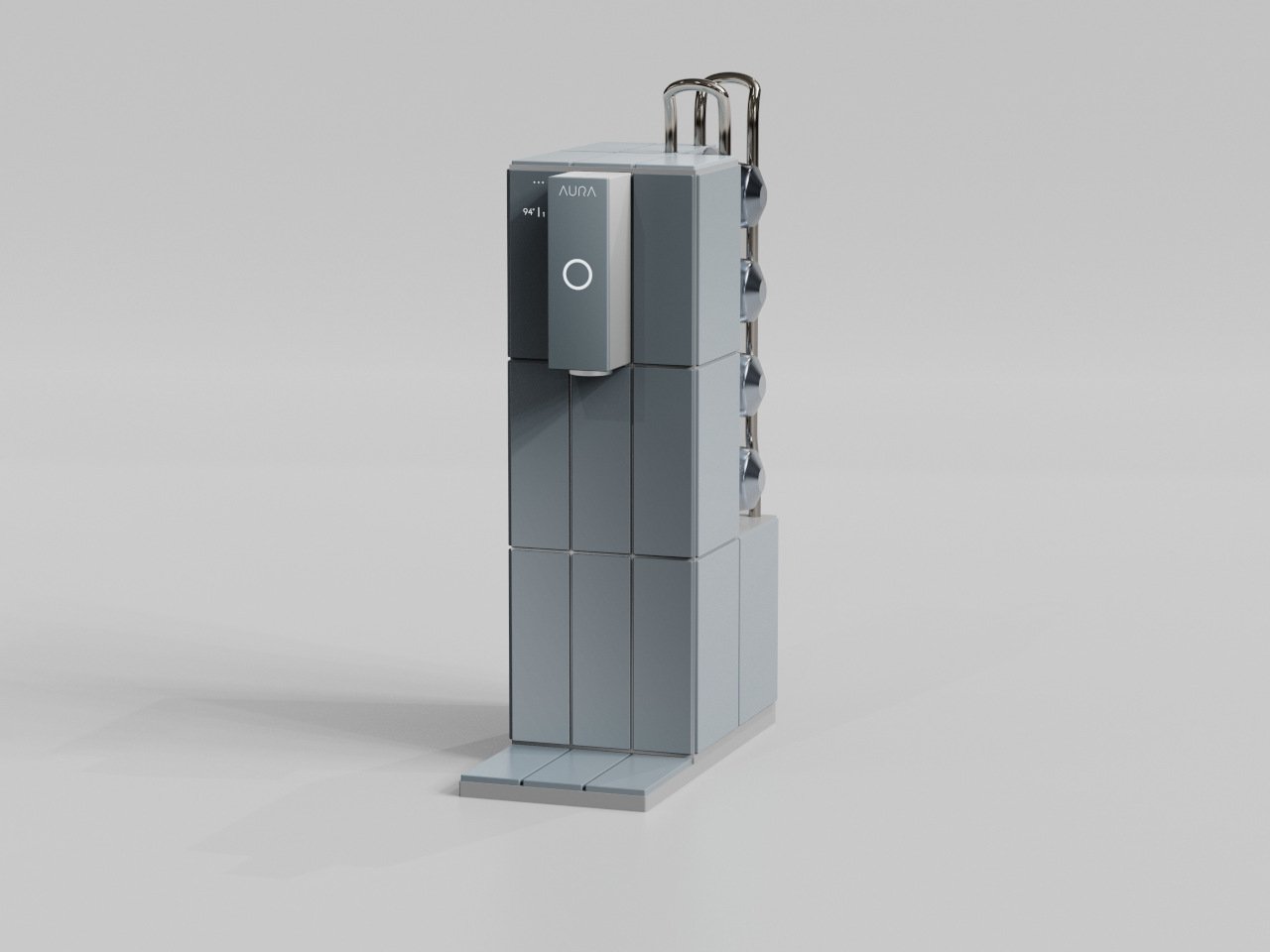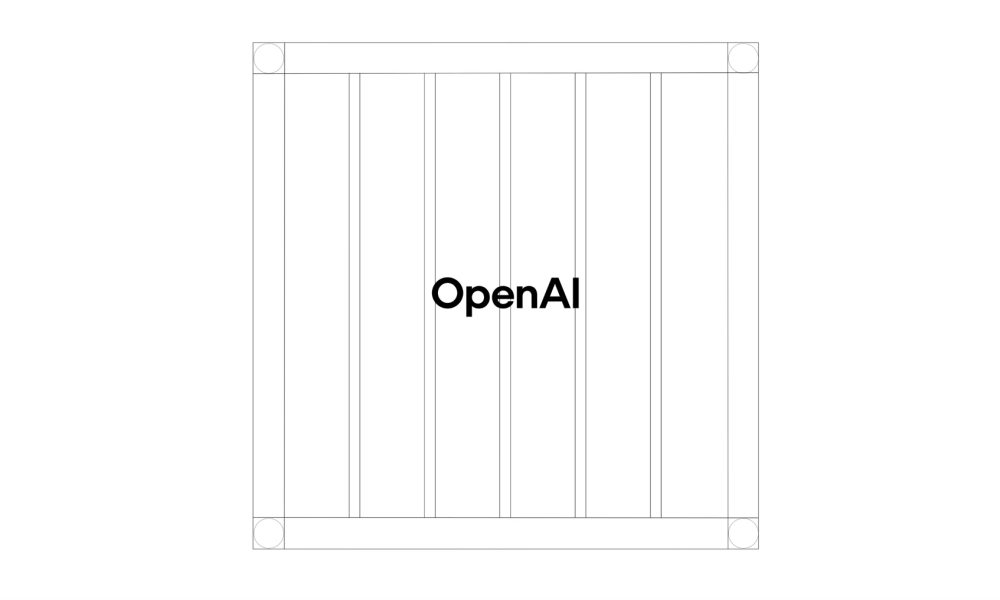Share Share Share Share Email By integrating the strengths of edge and cloud computing, modern data processing is undergoing a transformative shift. Pruthvi Tatikonda , in distributed computing, explores this evolution in his latest study, shedding light on innovative strategies that optimize efficiency, scalability, and resource utilization. The Rise of Hybrid Edge-Cloud Computing The demand for real-time data processing has led to the emergence of hybrid edge-cloud architectures.
Unlike traditional centralized computing, which relies solely on cloud infrastructure, hybrid systems distribute computational tasks across both edge devices and the cloud. This approach reduces latency, enhances security, and optimizes bandwidth usage by processing data closer to its source while still leveraging cloud resources for large-scale analytics. Enhancing Performance Through Intelligent Workload Distribution One of the key innovations in hybrid computing is intelligent workload distribution.

By categorizing tasks based on their urgency and complexity, systems can decide whether processing should occur at the edge or in the cloud. Critical real-time applications, such as autonomous navigation and remote healthcare monitoring, benefit significantly from this model, as edge devices handle immediate data analysis while cloud systems provide deeper insights and long-term storage. Advanced Communication Protocols for Seamless Integration For hybrid systems to function efficiently, robust communication protocols are essential.
Innovations such as Message Queuing Telemetry Transport (MQTT) and gRPC facilitate lightweight, high-speed data exchange between edge devices and cloud servers. Security measures, including Transport Layer Security (TLS) and mutual authentication protocols, ensure that data remains protected throughout transmission, addressing concerns around privacy and cyber threats. AI-Powered Optimization and Predictive Resource Allocation Artificial intelligence (AI) plays a pivotal role in optimizing hybrid systems.
Machine learning algorithms continuously analyze data patterns to predict resource requirements, enabling dynamic allocation and reducing unnecessary energy consumption. This predictive scaling mechanism ensures that computational resources are used efficiently, preventing bottlenecks and minimizing operational costs. AI-powered orchestration tools further enhance system resilience by automatically rerouting workloads during peak demand periods or component failures.
Edge-specific neural networks are increasingly deployed to process time-sensitive data locally, minimizing latency for critical applications. Federated learning techniques enable distributed AI model training across edge devices while maintaining data privacy and reducing bandwidth requirements. Security Innovations: Strengthening Data Protection Implementing comprehensive security measures is essential in modern hybrid infrastructures.
Advanced security frameworks now incorporate AI-driven threat detection that continuously monitors for anomalous behavior and adapts to emerging attack vectors in real-time. Secure access service edge (SASE) solutions integrate network security functions with WAN capabilities, providing consistent protection regardless of user location. Automated compliance tools ensure regulatory requirements are met across diverse environments, while security mesh architectures create coordinated protection across increasingly fragmented assets.
Regular penetration testing and tabletop exercises help organizations identify vulnerabilities before malicious actors can exploit them. Applications Across Multiple Sectors Hybrid computing is revolutionizing various industries by enabling more responsive and scalable solutions: Industrial IoT: Real-time monitoring of manufacturing processes enhances productivity while reducing downtime. Smart Cities: Intelligent traffic management systems optimize urban mobility, reducing congestion and improving public transportation.
Healthcare: Remote patient monitoring and real-time diagnostics leverage edge computing for immediate decision-making, while cloud analytics enhance long-term treatment strategies. Overcoming Technical Challenges with Future Innovations Despite its advantages, hybrid edge-cloud computing faces challenges such as network infrastructure constraints, resource management inefficiencies, and security vulnerabilities. However, emerging technologies like 5G/6G networks promise to enhance connectivity, while AI-driven automation streamlines workload balancing.
Future advancements in decentralized computing models are also expected to further refine hybrid system efficiency. Quantum computing integration is accelerating hybrid architecture evolution, offering unprecedented processing capabilities for complex edge operations. Meanwhile, self-healing networks equipped with predictive maintenance algorithms minimize downtime through autonomous error detection and resolution.
Cross-platform compatibility standards continue to mature, reducing integration complexity and enabling more seamless workload distribution across diverse computing environments. In conclusion ,as hybrid computing continues to evolve, its impact on data-driven industries will only expand. Pruthvi Tatikonda underscores the significance of innovation in this space, offering valuable insights into the future of distributed computing.
With continued advancements in AI, security, and network technologies, hybrid edge-cloud integration is poised to become the foundation of next-generation data processing systems. Related Items: cloud computing , Pruthvi Tatikonda Share Share Share Share Email Recommended for you Revolutionizing Marketing Analytics with Cloud Computing Cloud Computing’s Next Decade: Transformative Trends Shaping the Future IoT and Home Automation: Creating a Connected Lifestyle Comments.
Technology

Revolutionizing Data Processing: The Power of Hybrid Edge-Cloud Computing

By integrating the strengths of edge and cloud computing, modern data processing is undergoing a transformative shift. Pruthvi Tatikonda, in distributed computing, explores this evolution in his latest study, shedding light on innovative strategies that optimize efficiency, scalability, and resource utilization. The Rise of Hybrid Edge-Cloud Computing The demand for real-time data processing has led [...]The post Revolutionizing Data Processing: The Power of Hybrid Edge-Cloud Computing appeared first on TechBullion.















